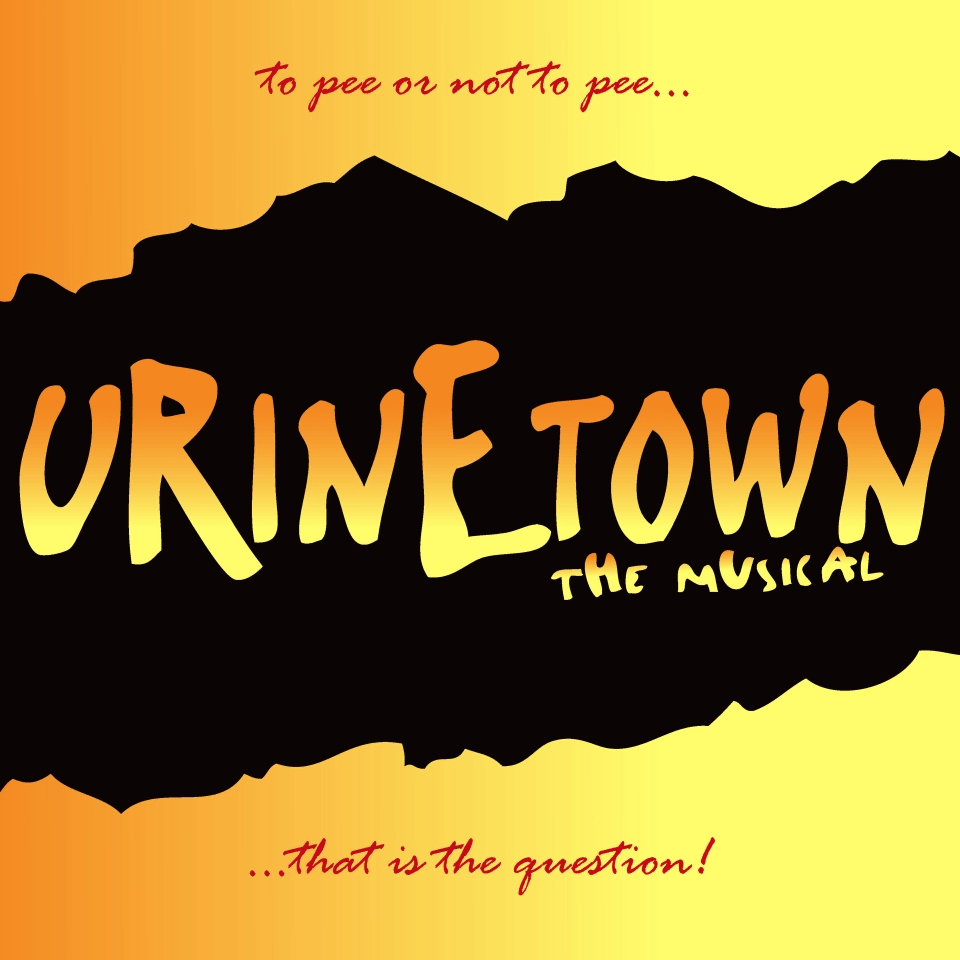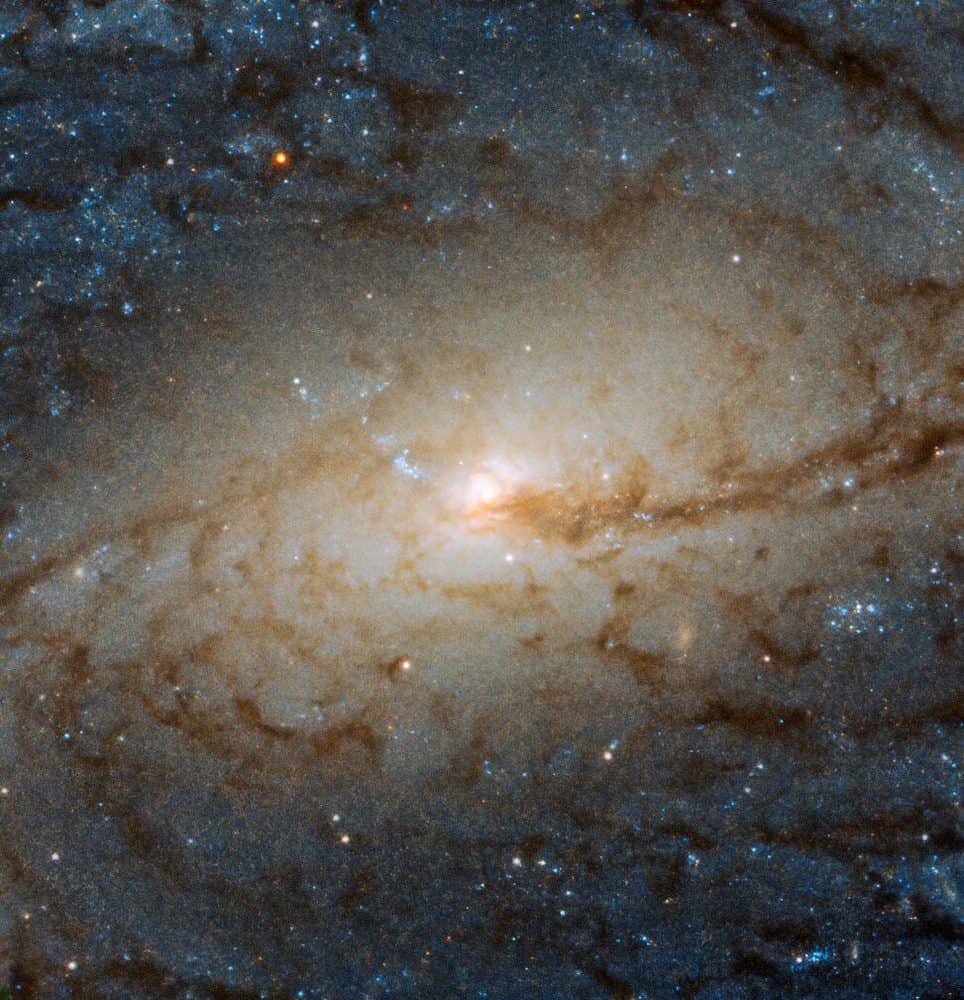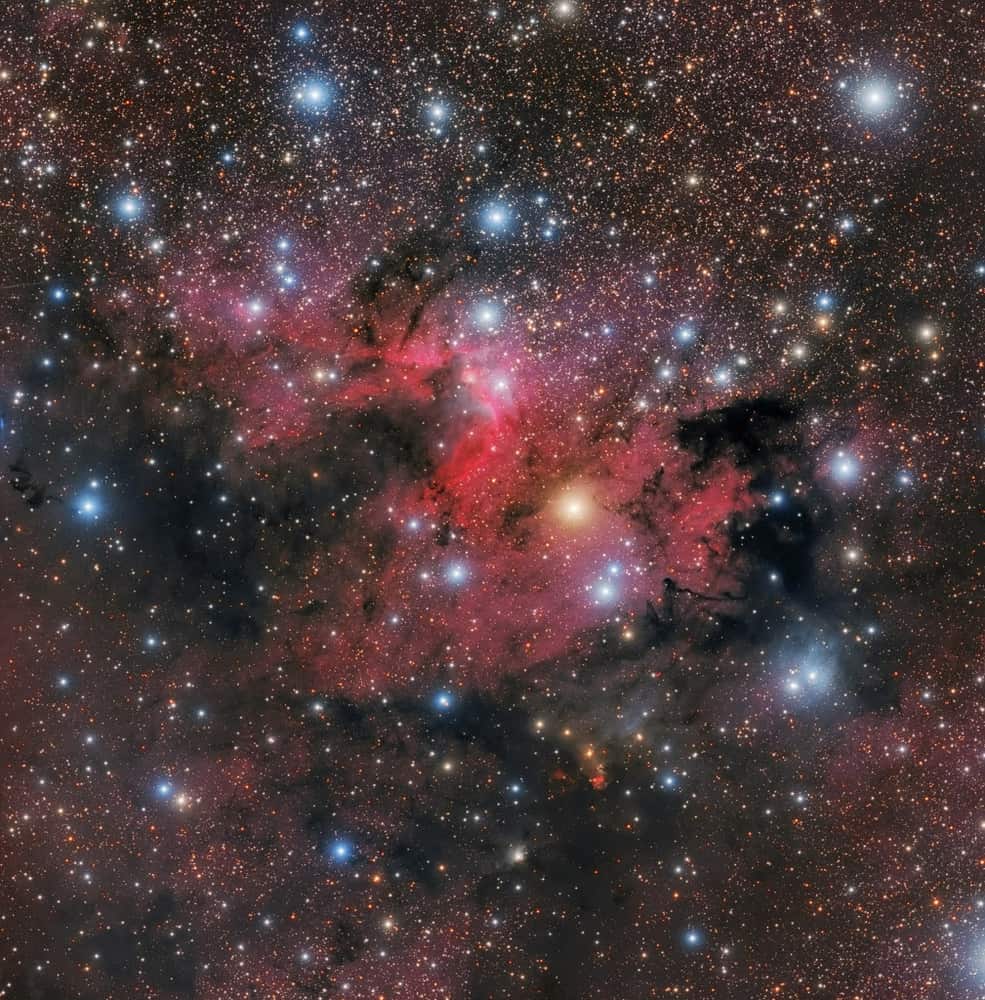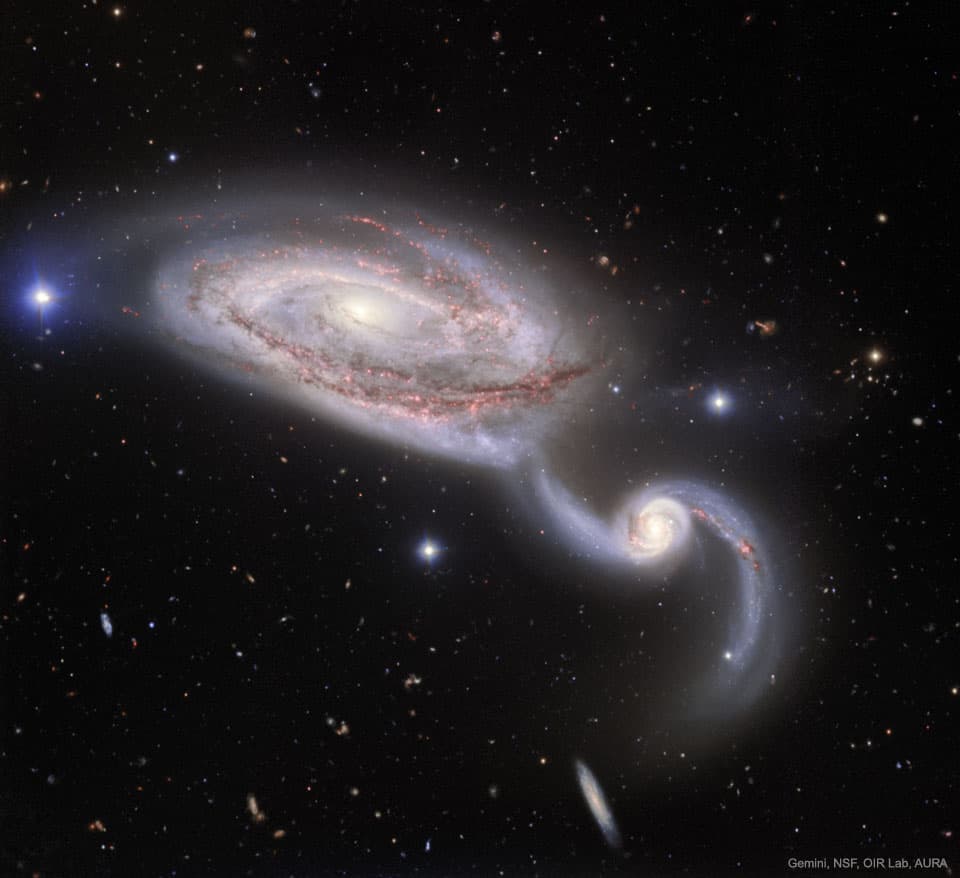Blog
Louis Albert Cottrell Jr. (March 7, 1911, New Orleans – March 21, 1978, New Orleans) was a Louisiana Creole jazz clarinetist and tenor saxophonist. He was the son of the influential drummer Louis Cottrell, Sr., and grandfather of New Orleans jazz drummer Louis Cottrell. As leader of the Heritage Hall Jazz Band, he performed at the famous Carnegie Hall in 1974.
Louis Cottrell was born into an upper-class Creole musical family. His father, Louis “Old Man” Cottrell, Sr., was a famed drummer, and cornetist Manny Perez was his godfather. The young Cottrell grew up around such great musicians as Barney Bigard, John Robichaux, and A.J. Piron. Cottrell studied clarinet under Lorenzo Tio Jr. and Bigard. He began his career in the 1920s with the Golden Rule Orchestra, and then in 1925 played with Paul “Polo” Barnes. Later in the 1920s he worked with Chris Kelly and Kid Rena, then in 1929 found work on the riverboat SS Island Queen with Lawrence Marrero‘s Young Tuxedo Brass Band and Sidney Desvigne.
more...McCoy Tyner, a pianist whose deep resonance, hammering attack and sublime harmonic invention made him a game-changing catalyst in jazz and beyond, died Friday, March 6, at his home in New Jersey. His death was confirmed by his manager. No cause of death was given. He was 81.
Tyner was the last surviving member of the John Coltrane Quartet, among the most momentous groups in jazz history. Few musicians have ever exerted as much influence as a sideman. His crucial role in the group’s articulation of modal harmony, from the early 1960s on, will always stand as a defining achievement: The ringing intervals in his left hand, often perfect fourths or fifths, became the cornerstone of a style that endures today.
But Tyner was always a more multidimensional musician than the sum of his mannerisms would seem to suggest. And he had a long, consequential post-Coltrane career as a composer and bandleader. Among his dozens of albums are a handful regarded as classics, like Reaching Fourth, The Real McCoy and Atlantis. A number of his compositions, including “Passion Dance” and “Peresina,” have entered the common repertory.
more...Performing tonight Friday 3-6-20 by Theater 55 at Illusion Theater. 730pm show. “In an attempt to regulate water consumption, Urinetown has outlawed the use of private toilets. The citizenry must use public, pay-per-use amenities owned and operated by Urine Good Company, a malevolent corporation run by the corrupt Caldwell B. Cladwell.” Music by Music by Music by Neal McIntosh, Jamie Carter, Chad Green, Paul Fontara and mick laBriola.

more...
The barred spiral galaxy NGC 3887, seen here as viewed by the Wide Field Camera 3 aboard the NASA/ESA Hubble Space Telescope, lies over 60 million light-years away from us in the southern constellation of Crater (The Cup); it was discovered on December 31, 1785, by the German/British astronomer William Herschel.
Its orientation to us, while not exactly face-on, allows us to see NGC 3887’s spiral arms and central bulge in detail, making it an ideal target for studying a spiral galaxy’s winding arms and the stars within them.
The very existence of spiral arms was for a long time a problem for astronomers. The arms emanate from a spinning core and should therefore become wound up ever more tightly, causing them to eventually disappear after a (cosmologically) short amount of time. It was only in the 1960s that astronomers came up with the solution to this winding problem; rather than behaving like rigid structures, spiral arms are in fact areas of greater density in a galaxy’s disc, with dynamics similar to those of a traffic jam. The density of cars moving through a traffic jam increases at the center of the jam, where they move more slowly. Spiral arms function in a similar way; as gas and dust move through the density waves they become compressed and linger, before moving out of them again.

Flora Purim (born March 6, 1942) is a Brazilian jazz singer known primarily for her work in the jazz fusion style. She became prominent for her part in Return to Forever with Chick Corea and Stanley Clarke. She has recorded and performed with numerous artists, including Dizzy Gillespie, Gil Evans, Opa, Stan Getz, George Duke, Mickey Hart of the Grateful Dead, Santana, Jaco Pastorius, and her husband Airto Moreira.
In 2002, Purim was the recipient of one of Brazil’s highest awards, the 2002 Ordem do Rio Branco for Lifetime Achievement. She has been called “The Queen of Brazilian Jazz”. Purim was born in Rio de Janeiro to Jewish parents who were classical musicians. Her father Naum Purim played violin and her mother Rachel Vaisberg was a pianist.
more...John Leslie “Wes” Montgomery (March 6, 1923 – June 15, 1968) was an American jazz guitarist. One of the most influential guitarists of the 20th century, Montgomery was known for an unusual technique of plucking the strings with the side of his thumb and his extensive use of octaves, which granted him a distinctive sound.
Montgomery often worked with his brothers Buddy and Monk and with organist Melvin Rhyne. His recordings up to 1965 were oriented towards hard bop, soul jazz, and post bop, but around 1965 he began recording more pop-oriented instrumental albums that found mainstream success. His later guitar style influenced jazz fusion and smooth jazz.
Montgomery was born in Indianapolis, Indiana. According to NPR, the nickname “Wes” was a child’s abbreviation of his middle name, Leslie. The family was large, and the parents split up early in the lives of the children. Montgomery and his brothers moved to Columbus, Ohio, with their father and attended Champion High School. His older brother Monk dropped out of school to sell coal and ice, gradually saving enough money to buy his brother Wes a four-string tenor guitar from a pawn shop in 1935. Although Montgomery spent many hours with the guitar, he discounted this time later in life, saying he had to start over when he got his first six-string several years later.
more...Howard McGhee (March 6, 1918 – July 17, 1987) was one of the first bebop jazz trumpeters, with Dizzy Gillespie, Fats Navarro and Idrees Sulieman. He was known for his fast fingers and very high notes. What is generally not known is the influence that he had on younger hard bop trumpeters, with Fats Navarro.
Howard McGhee was raised in Detroit, Michigan. During his career, he played in bands led by Lionel Hampton, Andy Kirk, Count Basie and Charlie Barnet. He was in a club listening to the radio when he first heard Parker and was one of the early adopters of the new style, a fact that was disapproved by older musicians like Kid Ory.
more...Walter E. “Furry” Lewis (March 6, 1893 or 1899 – September 14, 1981) was an American country blues guitarist and songwriter from Memphis, Tennessee. He was one of the first of the blues musicians active in the 1920s to be brought out of retirement and given new opportunities to record during the folk blues revival of the 1960s.
Lewis was born in Greenwood, Mississippi. His birth year is uncertain. Many sources give 1893, the date he gave in his later years, but the researchers Bob Eagle and Eric LeBlanc suggest 1899, based on his 1900 census entry, and other sources suggest 1895 or 1898. His family moved to Memphis when he was seven. He acquired the nickname “Furry” from childhood playmates. By 1908, he was playing solo at parties, in taverns, and on the street. He was also invited to play several dates with W. C. Handy‘s Orchestra.
In his travels as a musician, he was exposed to a wide variety of performers, including Bessie Smith, Blind Lemon Jefferson, and Alger “Texas” Alexander. Like his contemporary Frank Stokes, he grew tired of traveling and took a permanent job in 1922. His position as a street sweeper for the city of Memphis, a job he held until his retirement in 1966, allowed him to continue performing music in Memphis.
Lewis made his first recordings for Vocalion Records in Chicago in 1927. A year later he recorded for Victor Records at the Memphis Auditorium, in a session with the Memphis Jug Band, Jim Jackson, Frank Stokes, and others. He again recorded for Vocalion in Memphis in 1929. The tracks were mostly blues but included two-part versions of “Casey Jones” and “John Henry”. He sometimes fingerpicked and sometimes played with a slide. He made many successful records in the late 1920s, including “Kassie Jones”, “Billy Lyons & Stack-O-Lee” and “Judge Harsh Blues” (later called “Good Morning Judge”).
more...The most flamenco “bulerías” are in Phrygian mode (with the I chord mutation that becomes Major perfect, often combining melodic and harmonic turns on the I and VI).
The basic structure of bulerías
Bulerías, like other flamenco forms, has its own language. When we dance we are in conversation with the singer, the guitarist, and the palmeros. The structure offers a formula for clear communication, and it looks like this:
-
Salida
-
Marcaje(s)
-
Paso de bulerías (or a more upbeat marcaje)
-
Llamada
-
Patá (Patada)
-
(Another Marcaje or Paso de Bulerías)
-
Llamada
-
Final
https://www.youtube.com/watch?v=PiGSmuHIysI
more...This colorful skyscape spans about four full moons across nebula rich starfields along the plane of our Milky Way Galaxy in the royal northern constellation Cepheus. Near the edge of the region’s massive molecular cloud some 2,400 light-years away, bright reddish emission region Sharpless (Sh) 155 is left of center, also known as the Cave Nebula. About 10 light-years across the cosmic cave’s bright walls of gas are ionized by ultraviolet light from the hot young stars around it. Dusty blue reflection nebulae, like vdB 155 at lower right, and dense obscuring clouds of dust also abound on the interstellar canvas. Astronomical explorationshave revealed other dramatic signs of star formation, including the bright red fleck of Herbig-Haro (HH) 168. Below center in the frame, the Herbig-Haro object emission is generated by energetic jets from a newborn star.

Edmond Montague Grant (born 5 March 1948) is a Guyanese-British singer-songwriter and musician. He was a founding member of The Equals, one of the United Kingdom’s first racially integrated pop groups. His subsequent solo career included the platinum single “Electric Avenue”. He also pioneered the genre ringbang.
Grant was born in Plaisance, British Guiana, later moving to Linden. His father, Patrick, was a trumpeter who played in Nello and the Luckies.While at school, his parents lived and worked in the United Kingdom, sending back money for his education. In 1960, he emigrated to join his parents in London. He lived in Kentish Town and went to school at the Acland Burghley Secondary Modern at Tufnell Park, where he learned to read and write music. He became a big fan of Chuck Berry, and after seeing him play at the Finsbury Park Astoria decided on a career in music.
In 1965, Grant formed the Equals, playing guitar and singing background vocals, and the band had two hit albums and a minor hit with the single “I Get So Excited” before having a number one hit in 1968 with his song “Baby Come Back“. The tune also topped the UK Singles Chart in 1994, when covered by Pato Banton featuring Robin and Ali Campbell of the reggae group UB40. The Equals had five further top 40 hits in the UK up to the end of 1970. The Baby Come Back album featured a song by Grant titled, “Police on My Back” which was recorded by the Clash for their 1980 album Sandinista!. Willie Nile released his version of “Police on My Back” on his Streets of New York CD. The Equals’ song “Green Light” co-written by Grant from their 1968 album Supreme, was recorded by the Detroit Cobras, for their 2007 album, Tied & True.
more...Louis A. “Lou” Levy (March 5, 1928 – January 23, 2001) was an American jazz pianist. Levy was born to Jewish parents in Chicago and started playing piano when he was twelve. His chief influences were Art Tatum and Bud Powell.
A professional at age nineteen, Levy played with Georgie Auld (1947 and later), Sarah Vaughan, Chubby Jackson (1947–1948), Boyd Raeburn, Woody Herman’s Second Herd (1948–1950), Tommy Dorsey (1950) and Flip Phillips. Levy left music for a few years in the early fifties and then returned to gain a strong reputation as an accompanist to singers, working with Peggy Lee (1955–1973), Ella Fitzgerald (1957–1962), June Christy, Anita O’Day and Pinky Winters. Levy also played with Dizzy Gillespie, Shorty Rogers, Stan Getz, Terry Gibbs, Benny Goodman, Supersax and most of the major West Coast players. Levy recorded as a leader for Nocturne (1954), RCA, Jubilee, Philips, Interplay (1977), and Verve.
Levy died of a heart attack in Dana Point, California at the age of 72.
https://www.youtube.com/watch?v=loK2ym8b-bE&t=12s
more...Gene Rodgers (March 5, 1910, New York City – October 23, 1987, New York City) was an American jazz pianist and arranger. He is best known for being the pianist on Coleman Hawkins‘ famous 1939 recording of “Body and Soul“.
Rodgers worked professionally from the mid-1920s, and in the next few years made recordings with Clarence Williams and King Oliver in addition to playing with Chick Webb and Teddy Hill. He started his own variety show in the 1930s, doing tours of Australia and England; while in the latter in 1936 he recorded with Benny Carter.
Upon his return he played with Coleman Hawkins (1939–40), Zutty Singleton, and Erskine Hawkins (1943). He did work in Hollywood in the 1940s, including an appearance in the film Sensations of 1945 with Cab Calloway and Dorothy Donegan. After this he worked mainly in New York, leading a trio for many years. He played with the Harlem Blues and Jazz Band in 1981-82.
Rodgers appears, with opening title credits, in the 1947 film Shoot to Kill, though it doesn’t look like the sound was miked during filming. Appearing about 9:40 into the film is “Ballad of the Bayou” and later is “Rajah’s Blues.” Both are Rodgers compositions.
Rodgers recorded sparingly as a leader; he did two sides for Vocalion in 1936, four in a session for Joe Davis in 1945, and albums as a trio leader for EmArcy (1958), Black & Blue Records (1972), and 88 Up Right (1980).
more...Heitor Villa-Lobos (UK: /ˌvɪləˈloʊbɒs, ˌviːlɑːˈ-/, US: /ˌviːləˈloʊboʊs, –bəs, –boʊʃ, ˌviːlɑːˈlɔːbʊs/, Portuguese: [ejˈtoʁ ˌvilɐ ˈlobus]; March 5, 1887 – November 17, 1959) was a Brazilian composer, conductor, cellist, and guitarist described as “the single most significant creative figure in 20th-century Brazilian art music”.[5] Villa-Lobos has become the best-known South American composer of all time. A prolific composer, he wrote numerous orchestral, chamber, instrumental and vocal works, totaling over 2000 works by his death in 1959. His music was influenced by both Brazilian folk music and by stylistic elements from the European classical tradition, as exemplified by his Bachianas Brasileiras (Brazilian Bachian-pieces). His Etudes for guitar (1929) were dedicated to Andrés Segovia, while his 5 Preludes (1940) were dedicated to his spouse Arminda Neves d’Almeida, a.k.a. “Mindinha.” Both are important works in the guitar repertory.
more...Two galaxies, NGC 5394 and NGC 5395, slowly whirl about each other in a gravitational interaction that sets off a flourish of sparks in the form of new stars. The featured image, taken with the Gemini North 8-meter telescope on Maunakea, Hawaii, USA, combines four different colors. Emission from hydrogen gas, colored red, marks stellar nurseries where new stars drive the evolution of the galaxies. Also visible are dark dust lanes that mark gas that will eventually become stellar nurseries. If you look carefully you will see many more galaxies in the background, some involved in their own slow cosmic dances.
NGC 5395 is an interacting spiral galaxy located at a distance of 160 million light years, but receding away from the earth at 3511 kilometers (2181.6 miles) per second, in the constellation Canes Venatici. It was discovered by William Herschel on May 16, 1787. NGC 5395 and NGC 5394 are included in the Atlas of Peculiar Galaxies as Arp 84 in the category “Spiral galaxies with large high surface brightness companions”.

More Posts
- Daily Roots Prince Jammy
- Cosmos C/2022 U2
- Danny Gottlieb
- Leo Parker
- Clarence “Gatemouth” Brown
- STOP THE WAR World Music DakhaBrakha
- Daily Roots Tommy McCook
- Cosmos UGC
- Jan Hammer
- Buster Williams
- Johnny St. Cyr
- World Music Gregorio Uribe
- Daily Roots Lineal Thompson
- The Defeat of Jesse James musical
- Cosmos M2-9
- Henri Mancini
- Herbie Mann
- John Littlejohn
- World Music Inna Baba Coulibaly
- Daily Roots The Aggrovators